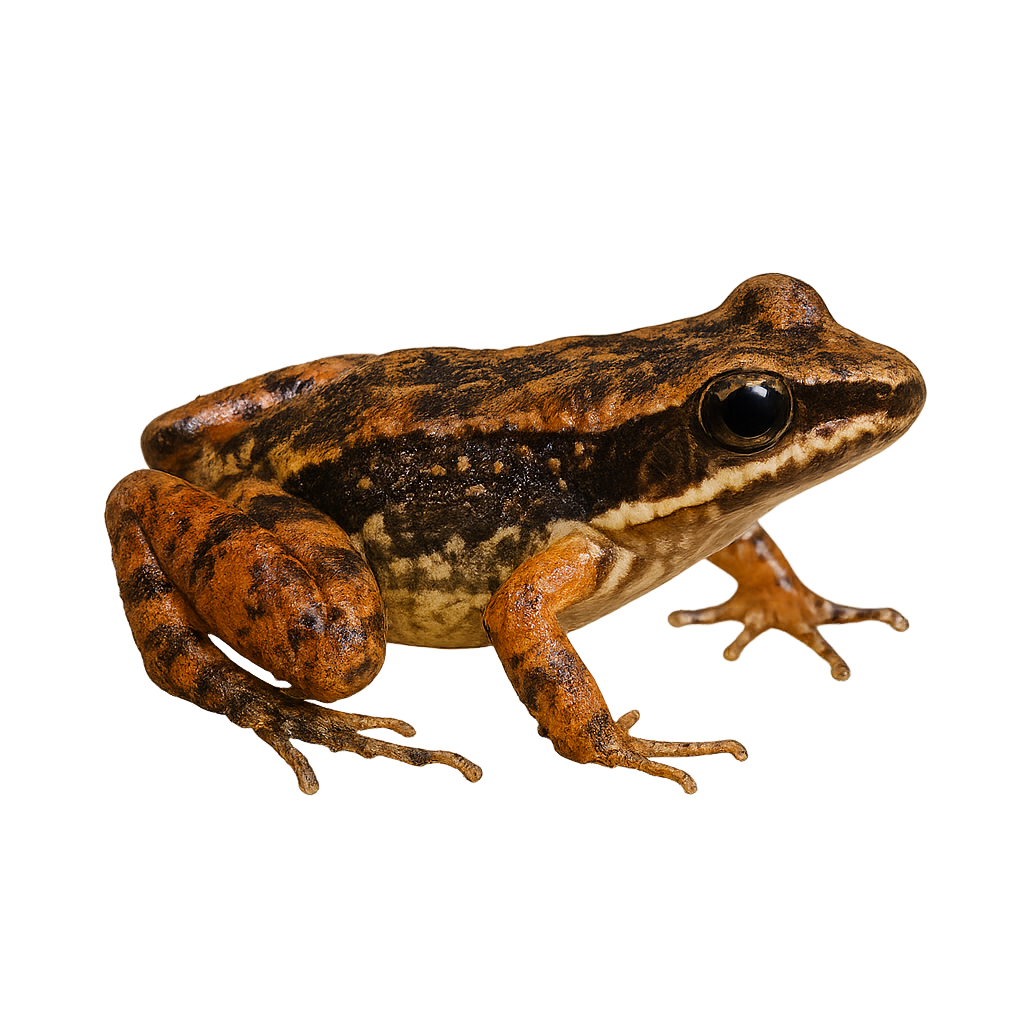Your wildlife photography guide.
Explore the truando rocket frog in detail, study its behavior, prepare your shots.
Where to observe and photograph the truando rocket frog in the wild
Learn where and when to spot the truando rocket frog in the wild, how to identify the species based on distinctive features, and what natural environments it inhabits. The WildlifePhotographer app offers tailored photography tips that reflect the truando rocket frog’s behavior, helping you capture better wildlife images. Explore the full species profile for key information including description, habitat, active periods, and approach techniques.
Truando rocket frog
Scientific name: Colostethus latinasus

IUCN Status: Least Concern
Family: DENDROBATIDAE
Group: Amphibians
Sensitivity to human approach: Suspicious
Minimum approach distance: 2 m
Reproduction period: April to May
Incubation: 10–14 jours
Births: May to June
Habitat:
Tropical rainforests, riparian zones, undergrowth
Activity period :
Primarily active during the day, with peak activity in the morning and late afternoon.
Identification and description:
The Truando rocket frog, or Colostethus latinasus, is a small frog belonging to the Dendrobatidae family. It is primarily found in lowland tropical rainforests in South America, particularly in Colombia and Venezuela. This species is characterized by its brown coloration with lighter patterns on the back and striped legs. It is generally active during the day and feeds mainly on small insects. Although discreet, it plays an important role in the ecosystem by regulating insect populations. Its reproduction is linked to the rainy seasons, when males emit calls to attract females.
Recommended lens:
Macro – adjust based on distance, desired framing (portrait or habitat), and approach conditions.
Photography tips:
To photograph the Truando rocket frog, it is advisable to use a macro lens to capture the details of its skin and distinctive patterns. Look for it in humid undergrowth and near water bodies, where it is often active during the day. Be patient and approach slowly to avoid scaring it away. Natural morning or afternoon light can provide ideal conditions to highlight its colors. Use a tripod to stabilize your camera and achieve sharp images.
The WildlifePhotographer App is coming soon!
Be the first to explore the best nature spots, track rutting seasons, log your observations, and observe more wildlife.
Already 1 432 wildlife lovers subscribed worldwide

